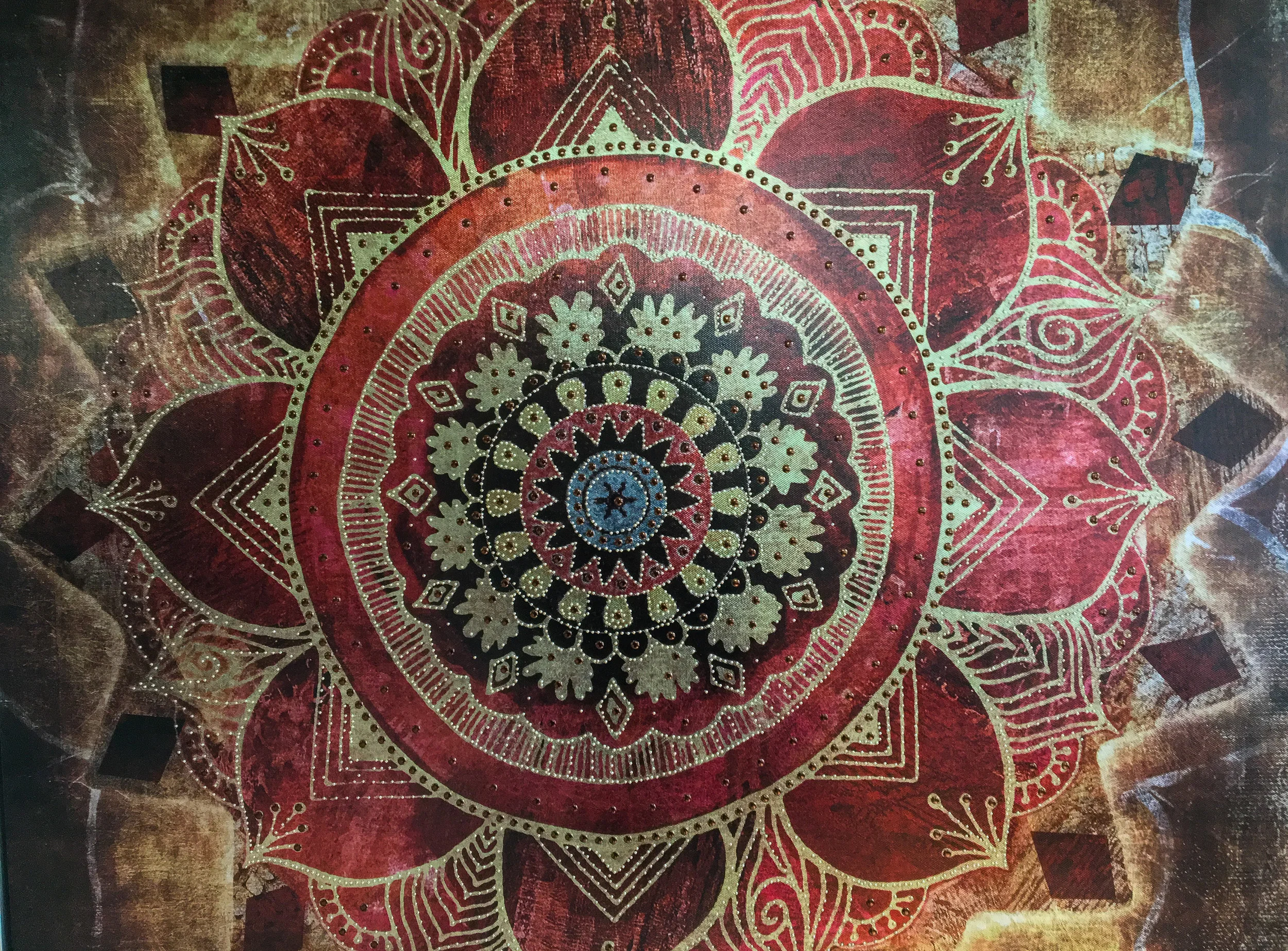Should I Meditate in Order to Work Better
Today I'd like to share with you a post I wrote for my "home base" of yoga, on the six steps of applying the practice of meditation to my work, and especially my career as a writer.
(My home base is called Kashi, an urban ashram in Atlanta, and it's where I did my 200-hour Classical Yoga Teacher Training program and also where I'm currently enrolled in the 500-hour program. You are of course welcome to read the entire post here, but let me hone in on one question in particular.)
Do I need to meditate in order to write?
No. But I do think that meditation, especially as I’ve learned it at Kashi, helps me to write better and with courage.
Here's how it worked for me.
Step One: Sit
As a writer, I see content ideas everywhere. When I first sit still, I notice the flurry of those ideas in my mind. I give them time and space to whirl away and to wear themselves out, like the ungrounded, energetic dervishes that they are.
At this stage all I’m doing is noticing these ideas – literally, just to take note of them, rather than jumping up to react. That’s where the physical act of sitting is useful, ideally with my hands resting on my knees or folded in my lap and not typing away chaotically or distractedly.
Sitting helps me to get in the practice of pausing before responding to provocative ideas. Sitting also helps me to not take the bait of every “shiny new thing,” or to get distracted by an attractive, though superficial, theme.
Step Two: Eyes Open
What’s left, after the whirl of idea dervishes tuckers out, are a few steady, substantive, level-headed ideas. Normally just one or two. That’s when I open my eyes, always a little bit surprised by the realization, and go, “Oh. So that’s what this is about.” That’s when I know I’m onto something. Those ideas are the naked and essential kernel of a thing.
Step Three: Stand Up
I stand up, then, with the gift of this essential kernel in my hands, which becomes my intention and my focus. I don’t have to write about every idea dervish; I only have to write about this one that’s now in front of me to write. In this way, meditation helps me to be efficient, to maximize my output in a minimal and condensed period of time. Suddenly there are more hours in the day because my to-do list of writing ideas has been pruned way (way) back.
Step Four: Engage
This is when my meditation practice moves off the mat. Most often, I need to go out and interview people in order to bring the story idea to life.
Since my focus is clear, so is my attention, both on the story and on the people who are in front of me. This ability to be present to what they say has been the game-changer, maybe more than anything in my work as an interviewer and writer.
Being present, for me, means communicating that “I am here now. I’m listening to you. I see you.”
(The bonus? Doing this helps in my regular, non-writing life too.)
Step Five: Trust
Truly being present for another person is disarming, partly because it is so rare. It gently lets down the guard of the person I’m speaking with; what’s left is a space of vulnerability and trust that opens up room for the more real story to emerge.
Communicating well, for me, is sharing what’s true rather than what’s sensationalist or clickbait-y. It’s refreshing for the person I’m talking to, and for myself, to be in a place where it’s safe to talk about what’s real. As a journalist, that’s important.
Step Six: Courage
Creating the safe space guides my content and the topics I cover, from migrant labor to alcoholism to gender and racial diversity. Kashi has taught me to go right to the stuff that’s hard.
I approach those conversations not with the intention to change anyone’s opinion, but with curiosity and humility. The desire is to see what’s happening and take it in and process it; a teacher named Rabia Roberts taught me that this is called bearing witness. Only after bearing witness, and only after a pause of acknowledgment, there may be a way to transform what we’ve learned into something useful.
Namaste,
Cathy






